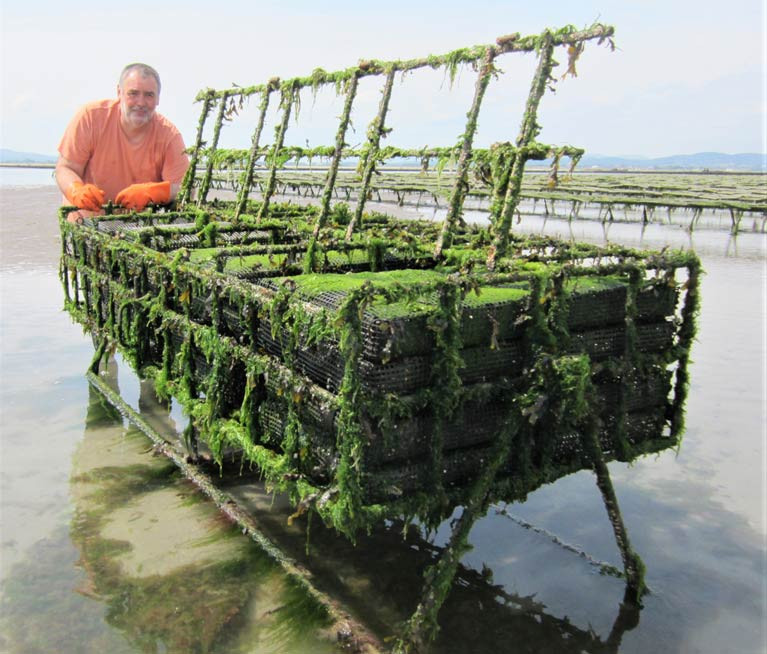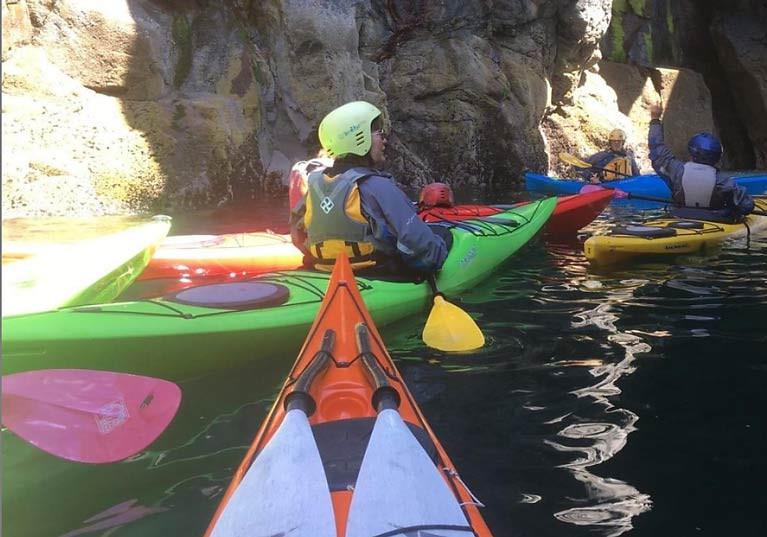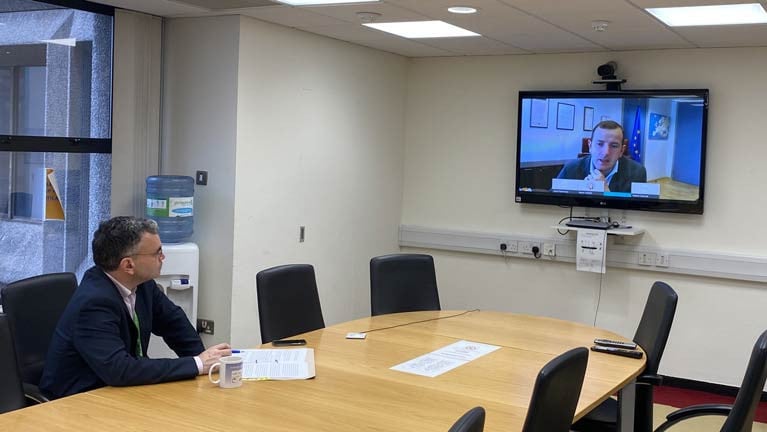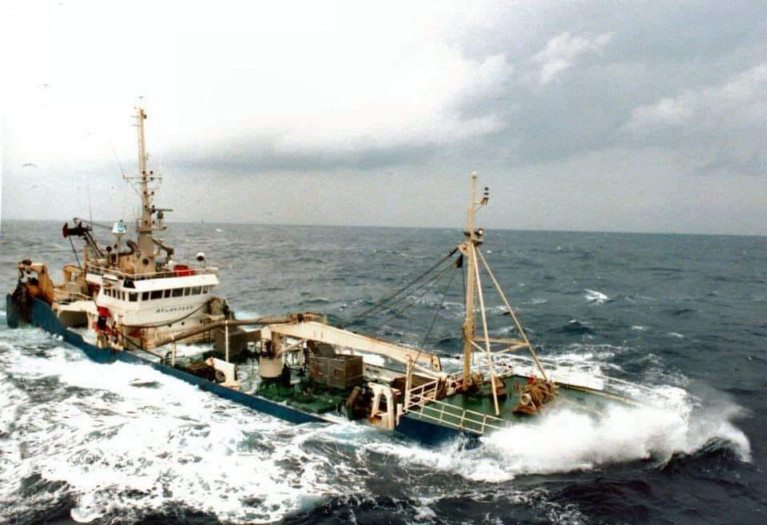
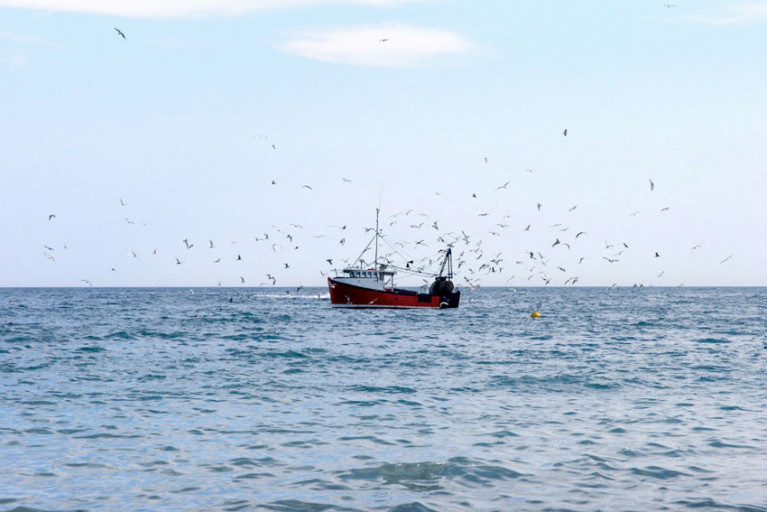
EU’s Warning To Britain Over Withdrawal Agreement As Leaked Cables Show Plan To Keep Fish Stocks For UK Fleet
8th September 2020 Fishing

EU-US "Mini Deal" on Lobster Imports Negotiated by Former Commissioner Phil Hogan May "Wipe Out" Irish Lobster Fishery
31st August 2020 Fishing
Taoiseach Criticised Over Penalty Points System by Killybegs Fishermen's Organisation
31st August 2020 Fishing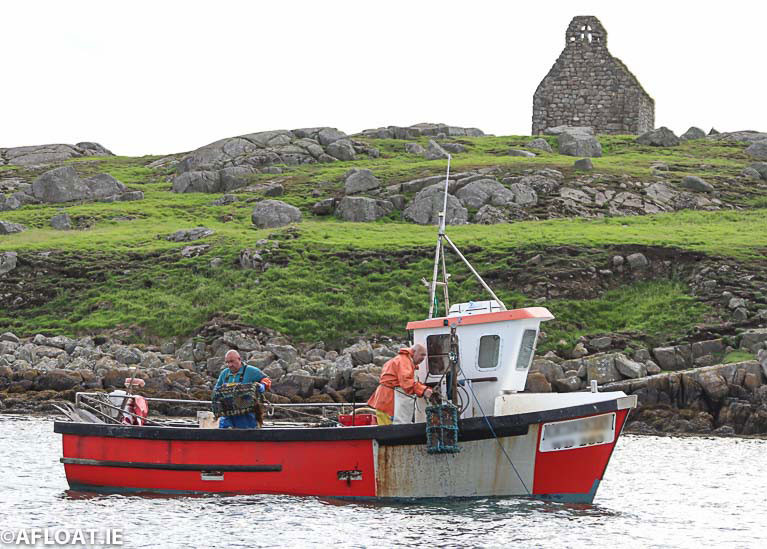

The Fishermen From Ghana Getting Hooked On Gaelic Football In Northern Ireland
19th August 2020 Fishing

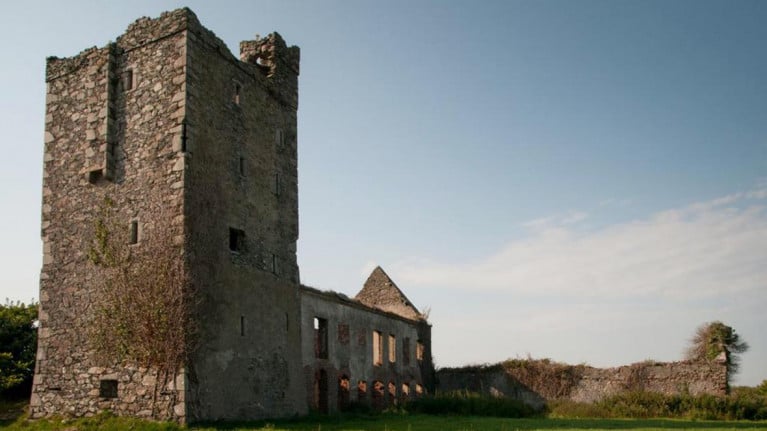

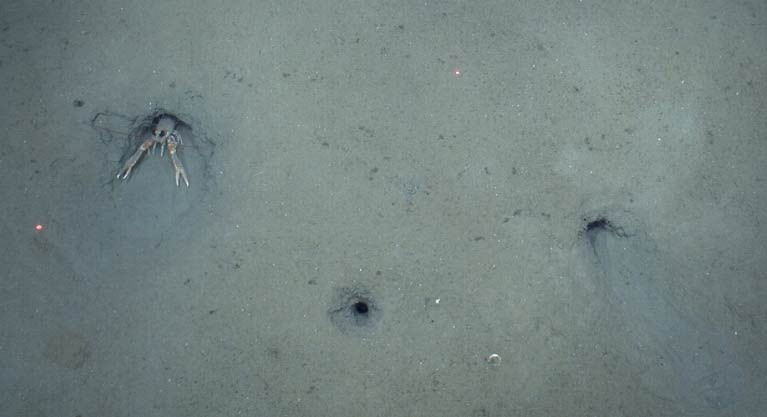
Irish & Spanish Scientists Collaborate on Digging Habits of The Dublin Bay Prawn
29th July 2020 Aquaculture
